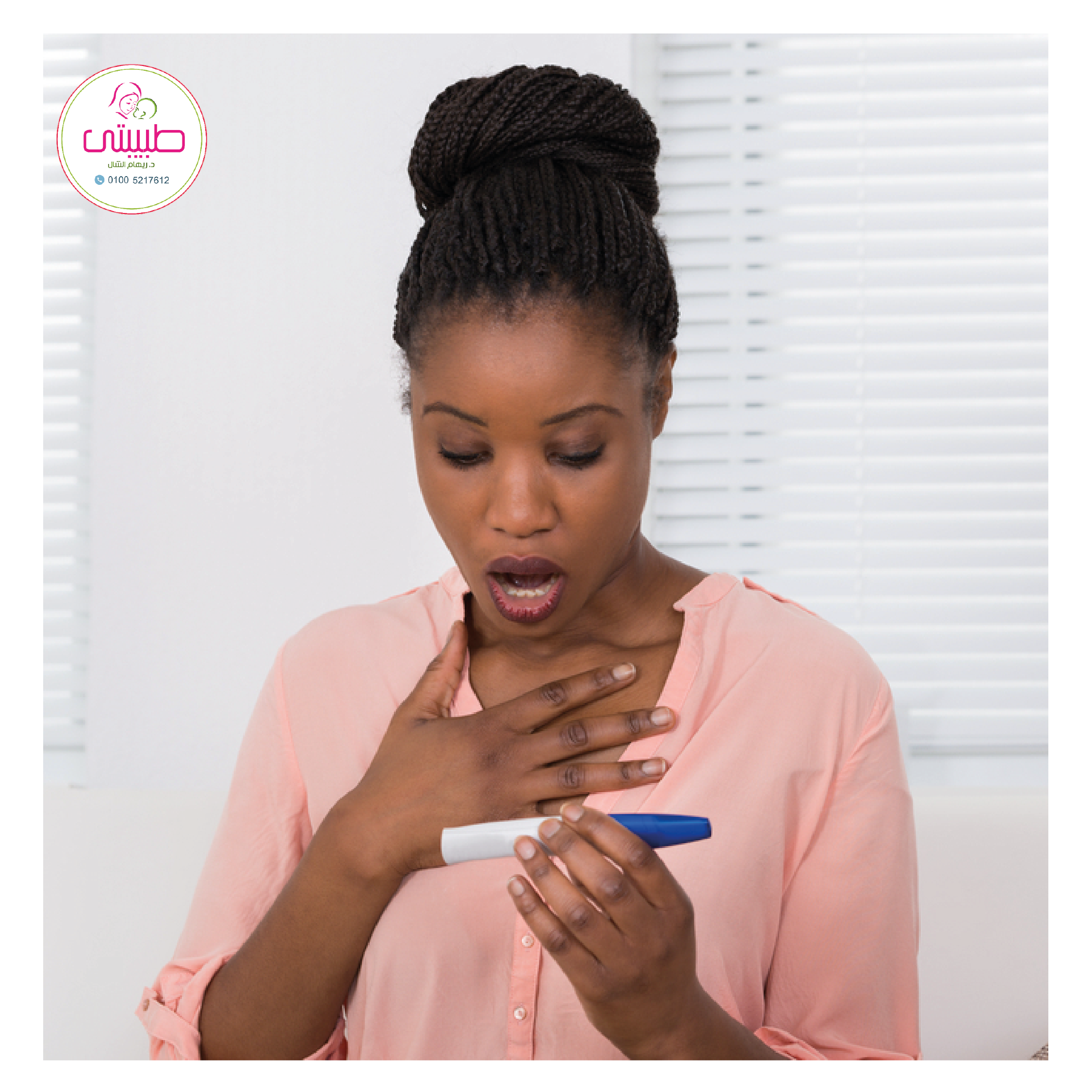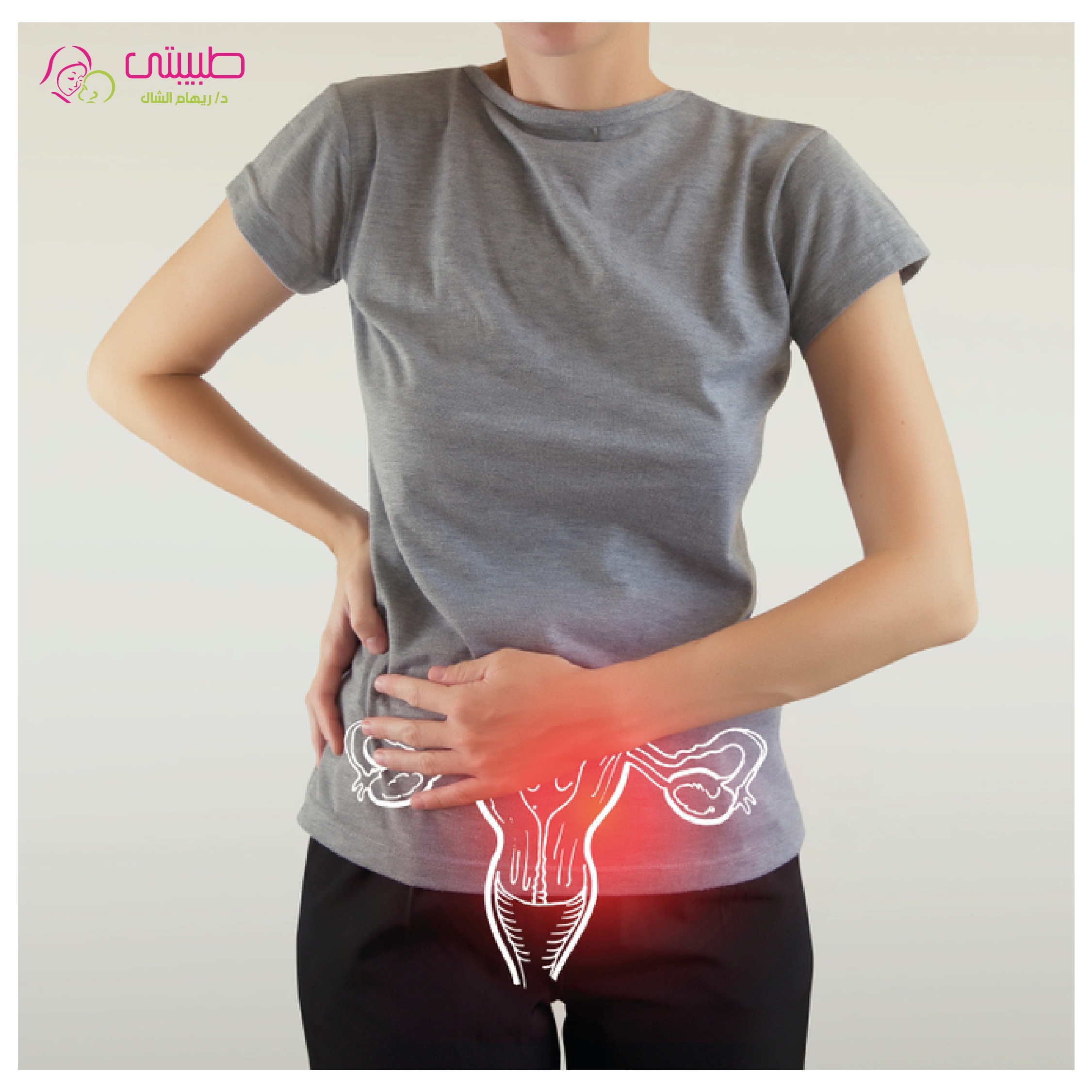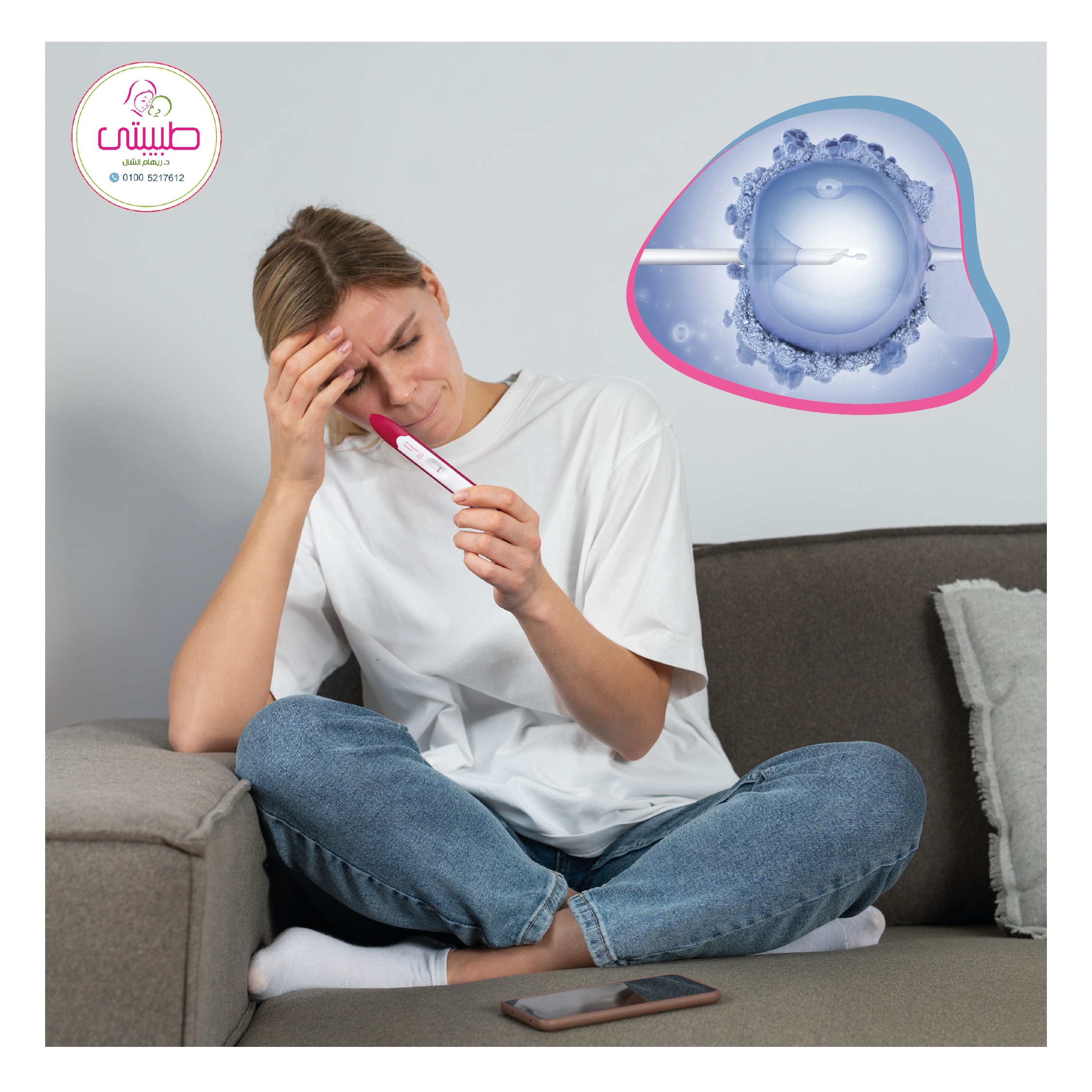Ovarian Drilling by Laparoscopy: The Last Resort for Treating Polycystic Ovary Syndrome (PCOS)?
I’m here today to talk about something that occupies the minds of many women, especially those struggling with delayed pregnancy due to PCOS — ovarian drilling by laparoscopy. We will discuss everything in detail: what it means, why we do it, when to do it, when not to do it, its risks, alternatives, and whether it really helps or not. Stay with me until the end because this video or article will be an essential reference for you if you are considering this procedure.
First: What is PCOS?
PCOS is not just one or two cysts on the ovary. It is a syndrome involving a hormonal imbalance, which affects:
• The menstrual cycle: its timing becomes irregular or may disappear.
• Body and skin appearance: such as weight gain or acne.
• The ovary itself: it enlarges and swells, sometimes reaching about half the size of the palm!
It shows many very small cysts, less than 9 mm, spread throughout the ovary, and we then call it a “polycystic ovary.”
Are there degrees of PCOS?
Yes, PCOS has degrees:
1. Mild: which we can handle with simple medications, and in some cases, natural pregnancy occurs without interventions.
2. Moderate: requiring stimulation doses.
3. Severe: where the problem starts because the body does not respond to medications and there is resistance to ovulation stimulants.
What does resistance to ovulation stimulants mean?
It means that we give ovulation-inducing drugs but the ovary does not respond. We call this Clomiphene Resistance. At this point, we must resort to stronger solutions, and here comes the topic of ovarian drilling by laparoscopy.
To watch the video here: https://youtu.be/2Lw6HijilVU?si=-ekMBW2_X-1xYtoM
What is ovarian drilling and how is it done?
Do we need a large open abdominal surgery? Absolutely not. There is a technique called laparoscopy. We enter through small openings in the abdomen, reach the ovary, and make tiny holes using heat. This procedure reduces the activity of certain enzymes and helps the ovary start responding better to ovulation stimulants.
If this sounds strange, think of it like a dermaroller used for skin, which stimulates cell renewal and makes the skin respond better.
Does this procedure really help?
Yes, many cases have achieved pregnancy after drilling with success rates reaching 89%, which is a very high number! Most women who undergo this, if pregnancy does not occur within six months, repeat the drilling, but usually, pregnancy happens naturally after the procedure.
Are there complications?
Definitely! There is no medical procedure without risks.
• It is a surgical laparoscopy: meaning small incisions through which instruments enter, which may cause pain or infection.
• Possibility of adhesions: the holes we make in the ovary can make it “rough” a bit, causing it to stick to the abdominal wall or intestines.
• The biggest risk? Making too many or too deep holes, which instead of solving the problem, damages the ovary and reduces the chances of pregnancy.
So precision is extremely important! Not every case can have ovarian drilling.
• We must evaluate the case properly.
• Check if the ovarian reserve is high, as some women report their test results are above 9.
• We must have tried all other solutions before reaching laparoscopy.
• And make sure the husband’s tests are good.
What if the case does not warrant drilling?
Here we resort to safer alternatives:
• Different stimulation protocols.
• New medications that work on the whole body, not just the ovary.
• Choosing the suitable protocol according to the degree of the body’s resistance, the patient’s stamina, and readiness for treatment.
My advice to you:
Understand your condition well. Do you really need ovarian drilling? Or can it be resolved by less invasive methods? Do not follow any decision without being fully convinced.
Get the right consultation, do all your tests, and tell your doctor your full medical history. When you reach the decision, you must understand:
Why are we doing this? What will we benefit? And what should we expect afterwards?
In conclusion…
Ovarian drilling is a very useful procedure in certain cases, but it is very sensitive and requires accuracy and conscious decision-making. Your issue deserves proper attention and evaluation. Always remember that there are other possible solutions that might be more suitable and safer, and not every case is the same.
If you are affected by infertility, we have gathered for you all topics related to delayed pregnancy in detailed lessons with scientifically documented and organized information to help you reach the motherhood dream you deserve:








